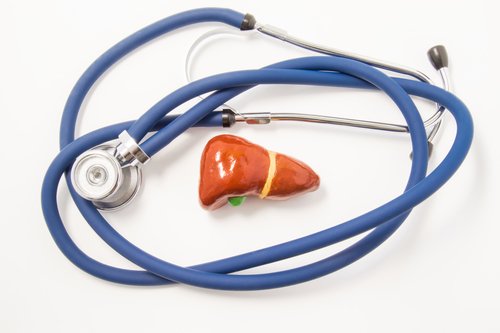Ocera’s Therapy Candidate OCR-002 Prevented Cirrhosis Progression in NAFLD Animal Models

The latest preclinical results of Ocera Therapeutics’ ammonia scavenger OCR-002 showed that it can reduce fibrosis progression in animal models of non-alcoholic fatty liver disease, or NAFLD.
The findings, suggesting that OCR-002 can be a potential treatment strategy for NAFLD patients, will be presented at The International Liver Congress of the European Association for the Study of the Liver April 20 in Amsterdam.
The poster is titled “Early increase in ammonia is a feature of non-alcoholic fatty liver disease and the ammonia lowering drug, ornithine phenylacetate (OCR-002) prevents progression of fibrosis in a rodent model.”
“The data provide further proof that ammonia is more than just a neurotoxin and establishes ammonia as a therapeutic target for the prevention of progression of non-alcoholic fatty liver disease,” Rajiv Jalan, senior author of the study, said in a press release.
“As OCR-002 is already in advanced stages of clinical development, these data can readily be translated into real benefits for patients with appropriate clinical trials,” Jalan said.
Based in Palo Alto, California, Ocera is a clinical stage biopharmaceutical company focused on the development and marketing of new drugs for treating acute and chronic liver diseases.
Their lead drug, OCR-002 (ornithine phenylacetate) was designed to lower abnormally elevated levels of ammonia in the blood, which are often detected in patients with liver cirrhosis and acute liver failure, and to be later excreted through the kidneys to avoid its harmful effects.
In this study, researchers tested OCR-002 treatment effects in animal models of NAFLD. After feeding rats with NAFLD a diet rich in fat and cholesterol, the team observed they had increased blood levels of ammonia and cholesterol compared to control animals. These animals also presented high levels of ALT and AST liver enzymes, suggestive of liver injury or damage.
Treatment with OCR-002 improved the animals’ liver lipid content, liver structure, and size. Also, the researchers reported that the treatment significantly inhibited the progression of fibrosis compared to untreated NAFLD animals.
“We are again excited to see evidence of OCR-002’s ability to target ammonia in hyperammonemia-related indications that in turn drives clinical improvement,” said Stan Bukofzer, chief medical officer at Ocera.
The recently completed STOP-HE Phase 2b study (NCT01966419) testing OCR-002 in hospitalized cirrhotic patients with associated hyperammonemia and neurophsychiatric disorders associated with liver disease has shown promising results, supporting OCR-002’s use in clinical settings.
The company plans to start a Phase 2a multi-dose study of OCR-002 in cirrhotic patients, with results expected by the end of 2017.







